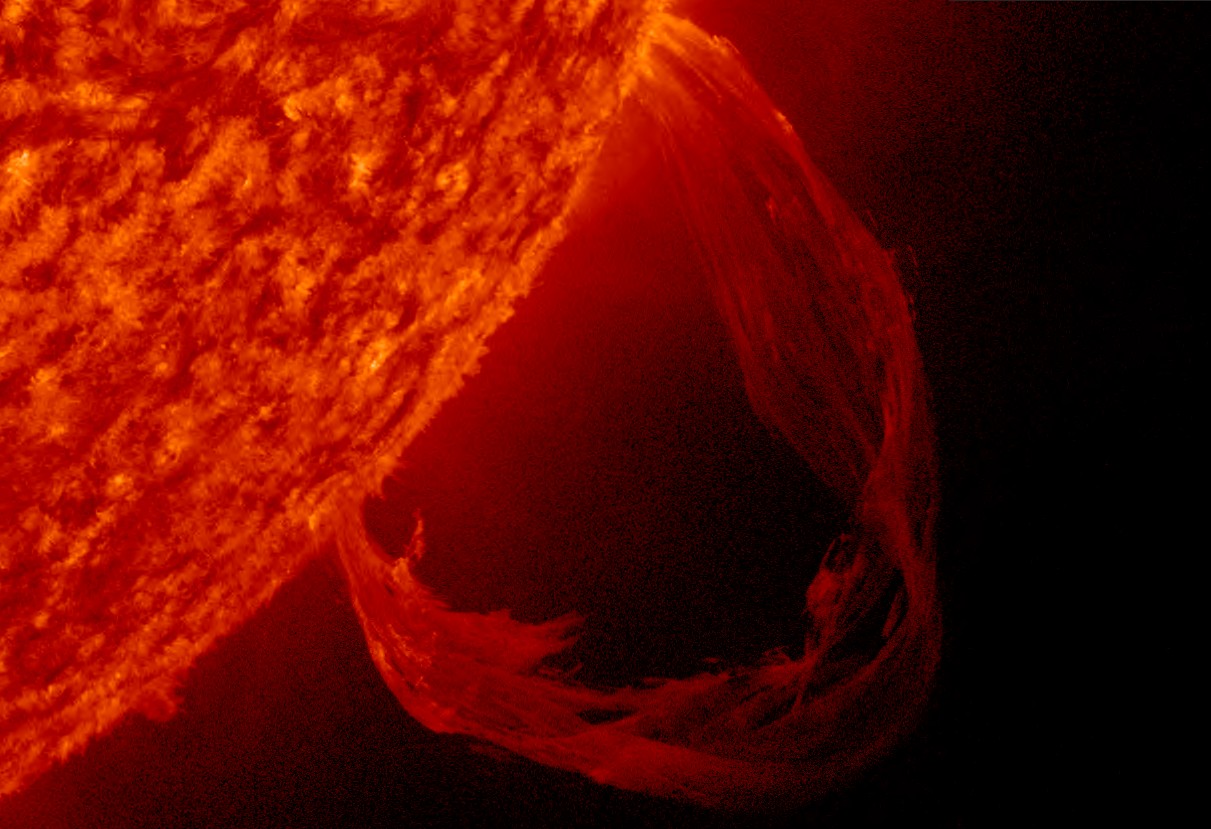Massive X-class solar flare lasting 15 minutes hits Earth
A powerful solar flare that erupted on the Sun on Wednesday and reached us here on Friday was large enough to effect radio signals all over the western hemisphere. The X-class solar flare was also captured on video by NASA’s Solar Dynamics Observatory. Solar flares are brief, enormous eruptions from the surface of the Sun that emit large amounts of electromagnetic radiation for a period lasting from minutes to hours. They are capable of disrupting satellite communications on Earth.
Radiations emitted during solar flares include all wavelengths across the electromagnetic spectrum, including radio, optical, UV, hard and soft X-rays, and gamma-rays. These flares are classified by researchers according to the brightness of their X-ray wavelengths and put into three categories, C, M, and X.
While the C-class flares are the smallest and have the minimum effect on our planet, the medium sized M class flares are capable of causing brief radio blackouts around the polar regions of our planet.
The most powerful however are the X rated flares which are massive and have the capability of triggering off radio blackouts around the whole world and long-lasting radiation storms in the upper atmosphere.
The flare dated March 11 was classified by researchers as an X2.2-class flare (an X2 is twice as intense as an X1, an X3 is three times as intense, etc). The flare, say the scientists who have been studying it closely, shot out from a sunspot classified as Active Region 12297, an area that had been firing off less intense flares for a few days prior to the massive, X-class eruption on Wednesday.
The flare, says Thomas Ashcraft, a novice radio astronomer, was so enormous that it “clambered” the Ionosphere, making it difficult for just about any decametric radio signal across the world to permeate the disturbance. According to him, he was unable to receive any radio signals released by the electrical energy in his observatory for fifteen minutes, that is as long as the flare lasted.
